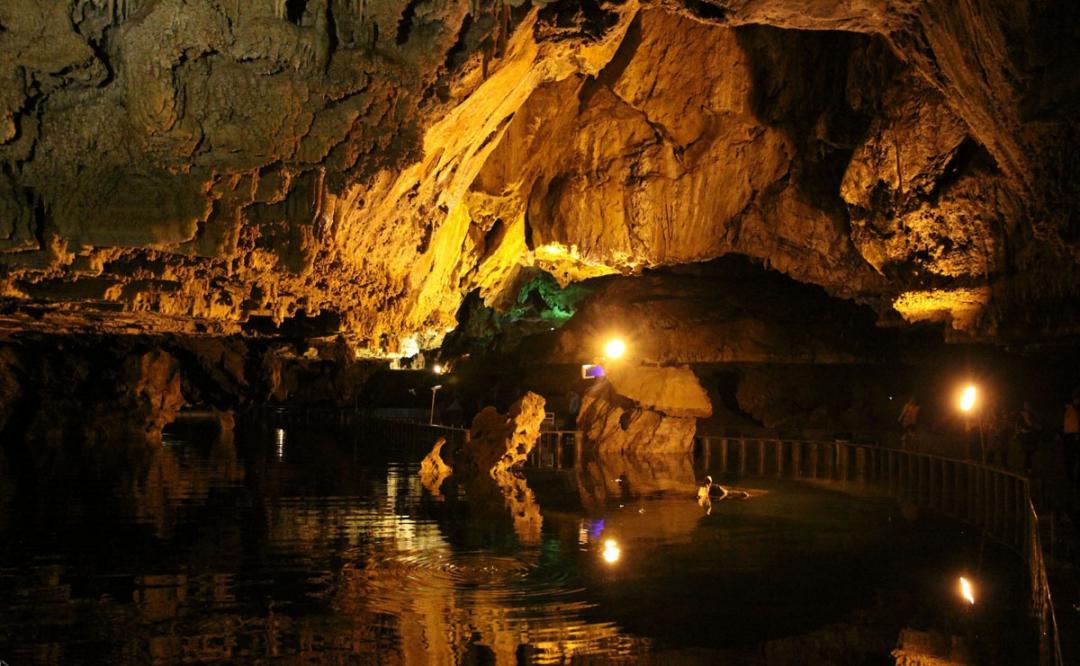The pollution of water springs due to poorly managed tourism has become a threat to caves and the ecosystems they support, according to a speleologist.
Speaking to ILNA, Javad Nezamdoust, an advisor to the Iranian Cave and Speleology Association (ICSA), said years of neglect have left numerous caves in the country in bad shape.
Despite the formation of a working group within the Department of Environment three decades ago, whose members are officials at 11 ministries, little has been done to protect the ecologically-rich sites.
“Provincial officials have failed to implement the measures set out by the group,” Nezamdoust said, suggesting that the regulations are not being enforced.
Pointing to Nakhcheer, he said the cave has suffered irreparable damage as a result of mismanagement and neglect.
Located in Delijan, Nakhcheer is a 70-million-year old cave with a delicate ecosystem; characteristics that have turned it into a major tourist attraction in Markazi Province.
The cave’s geology and fragile ecosystem render it vulnerable to outside, specifically human, influence. Body heat from large numbers of people can raise the air temperature causing the speleothems (a mineral formation in limestone caves) to dry out; breathing can alter the caves CO2 balance causing corrosion of speleothems, and lint and flakes of skin accumulate as dust.
In other caves, the swarm of tourists has taken a toll on the water springs.
“The groundwater in many regions is fed by springs in caves, but large number of tourists has polluted the waters in many caves,” Nezamdoust said, noting that it is not too late to rectify the problem.
“With proper planning and limiting the number of tourists that can visit caves at a given time, the issue can be resolved,” he said, adding that failure to act would have untold consequences on livestock, agriculture and human health.
Recently, the speleology working group issued a directive to provincial DOE offices to double their efforts to protect caves, but experience has shown that no amount of regulations yields results if it is not enforced, which has often been the case.
The best way to preserve caves is for all those that use them, from tourist operators to school groups, to learn about caves and how people affect them. Caves are fragile places and must be treated with care and respect.


